“The Taking of Deborah Logan”: A Found-Footage Horror That Offers Little New
A horror film masquerading as a documentary about Alzheimer’s disease, “The Taking of Deborah Logan” presents a familiar tale of an elderly woman haunted by secrets of the past, offering viewers little in the way of originality.
The film follows Mia, a medical student, and her filmmaking friends as they embark on a documentary project focusing on individuals suffering from Alzheimer’s. They reach an agreement with Sarah Logan, who cares for her aging mother, Deborah, whose condition is rapidly deteriorating. As they document the daily lives of the household, strange occurrences begin to manifest, initially dismissed as symptoms of Deborah’s illness. However, as the unsettling events escalate, Mia and Sarah come to believe that a malevolent presence has taken hold of Deborah’s body.
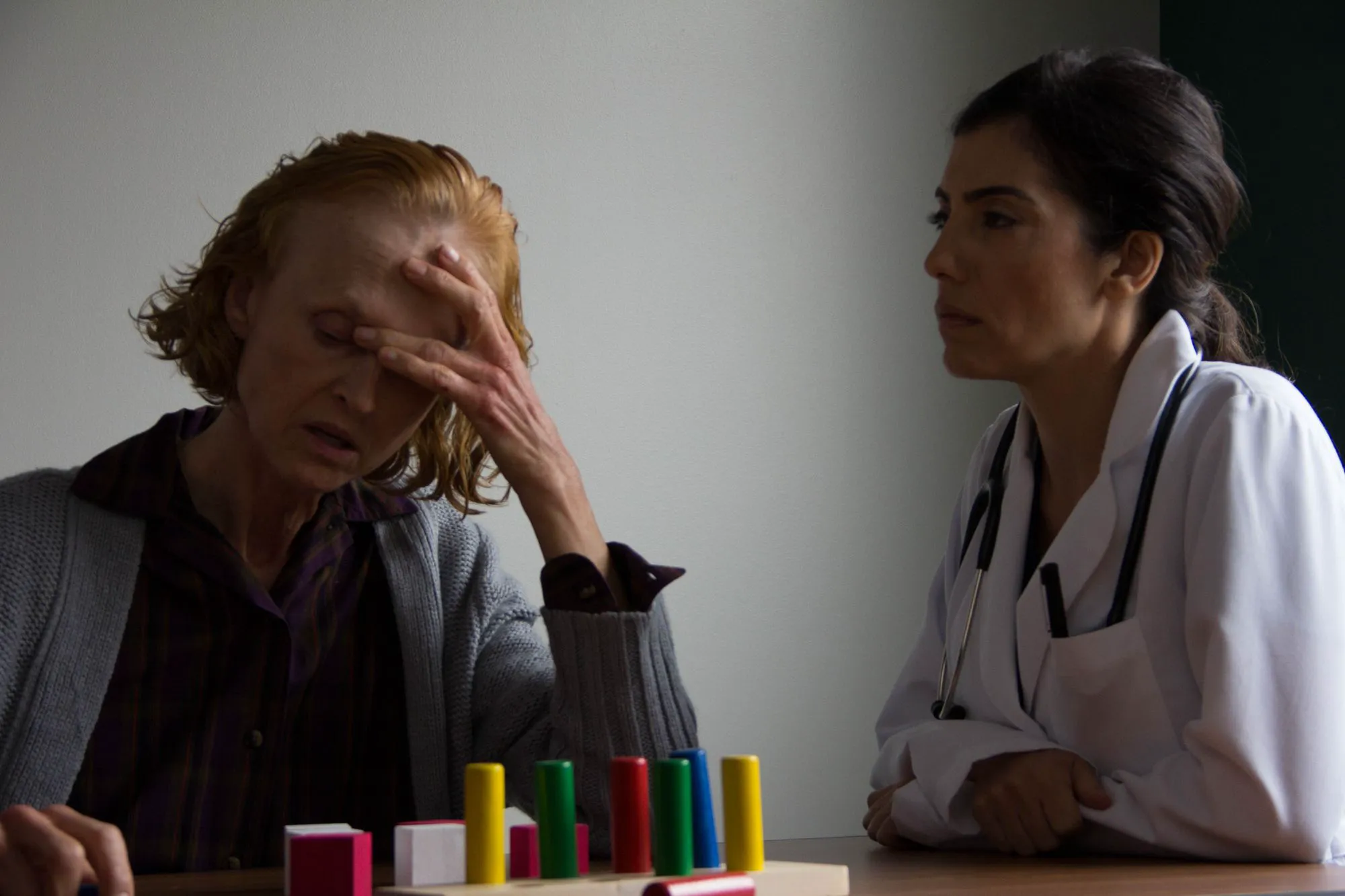
The film was produced with the support of Bryan Singer’s Bad Hat Harry Productions, with Singer himself serving as a producer.
Horror’s Paradox: Innovation vs. Repetition
The horror genre finds itself in a peculiar state. On one hand, it seems that every conceivable trope has been explored, making it nearly impossible to genuinely surprise seasoned horror fans. On the other hand, horror films remain an accessible avenue for emerging filmmakers to showcase their innovative ideas, unique filming techniques, or unexpected plot twists. While many newcomers enter the horror scene, few possess truly remarkable talent. More often than not, audiences are met with monotonous, bleak (or often simply dark) scare-fests, relying on cheap jump scares and an abundance of creaking floors in pitch-black settings.
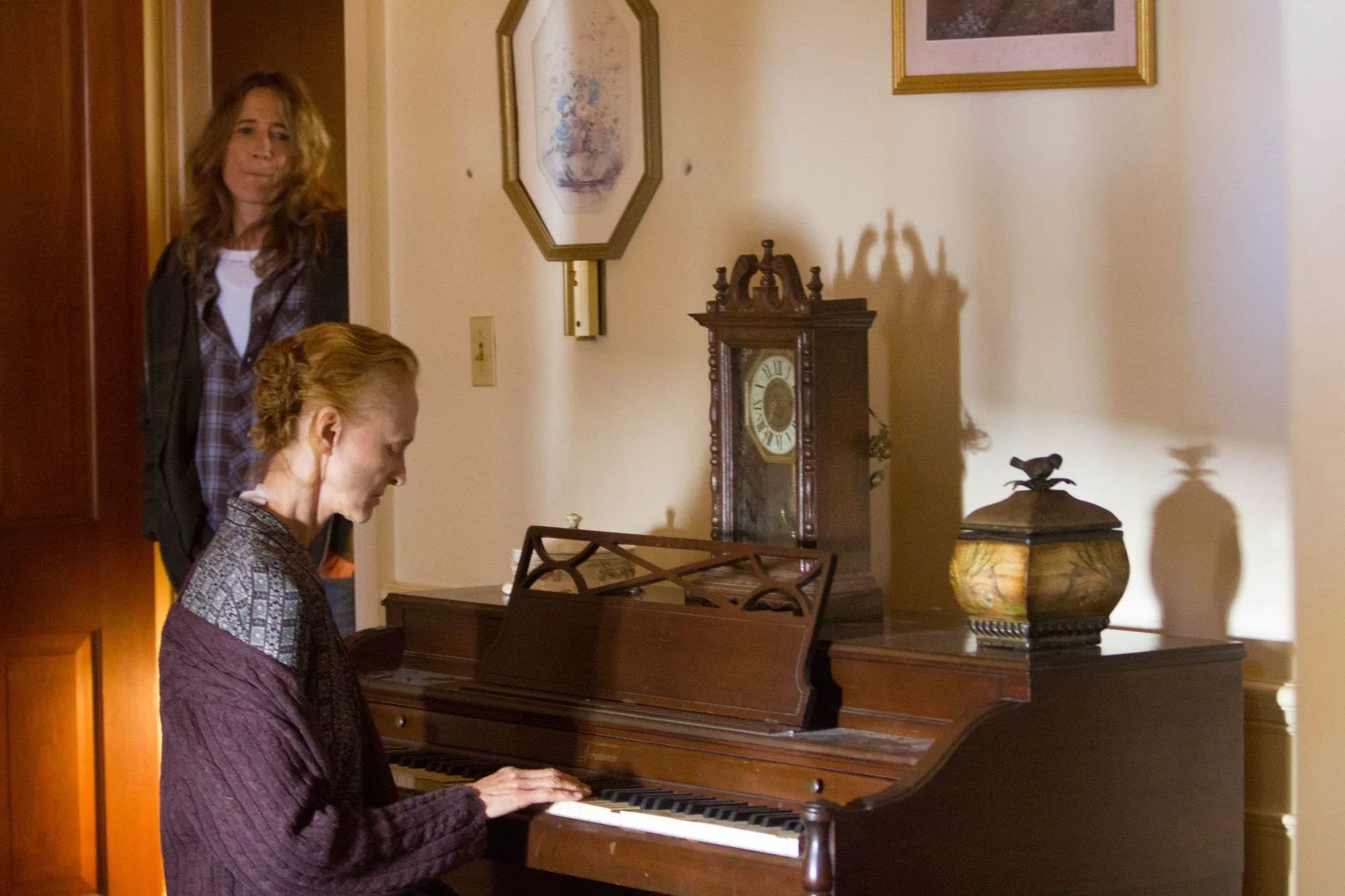
Jill Larson, who plays Deborah, is best known for her role in the long-running American soap opera “All My Children.” She was 67 years old at the time of filming, marking her first leading role in a feature film.
“The Taking of Deborah Logan” falls squarely into this category of generic, uninspired, and illogical horror films. Regardless of their initial premise, they all tend to conclude in a similar fashion: characters fleeing through dark forests, damp quarries, or abandoned hospital corridors (choose your setting), complaining about failing flashlights and stumbling upon figures in white or black (depending on the filmmakers’ preference). If this type of film doesn’t appeal to you, feel free to remove “The Taking of Deborah Logan” from your watchlist, as it offers nothing beyond the familiar. However, if you’re a seasoned horror aficionado driven by academic curiosity or a desire to see “what they’ve come up with now,” you might find a few sparks of interest within the film. But only sparks.
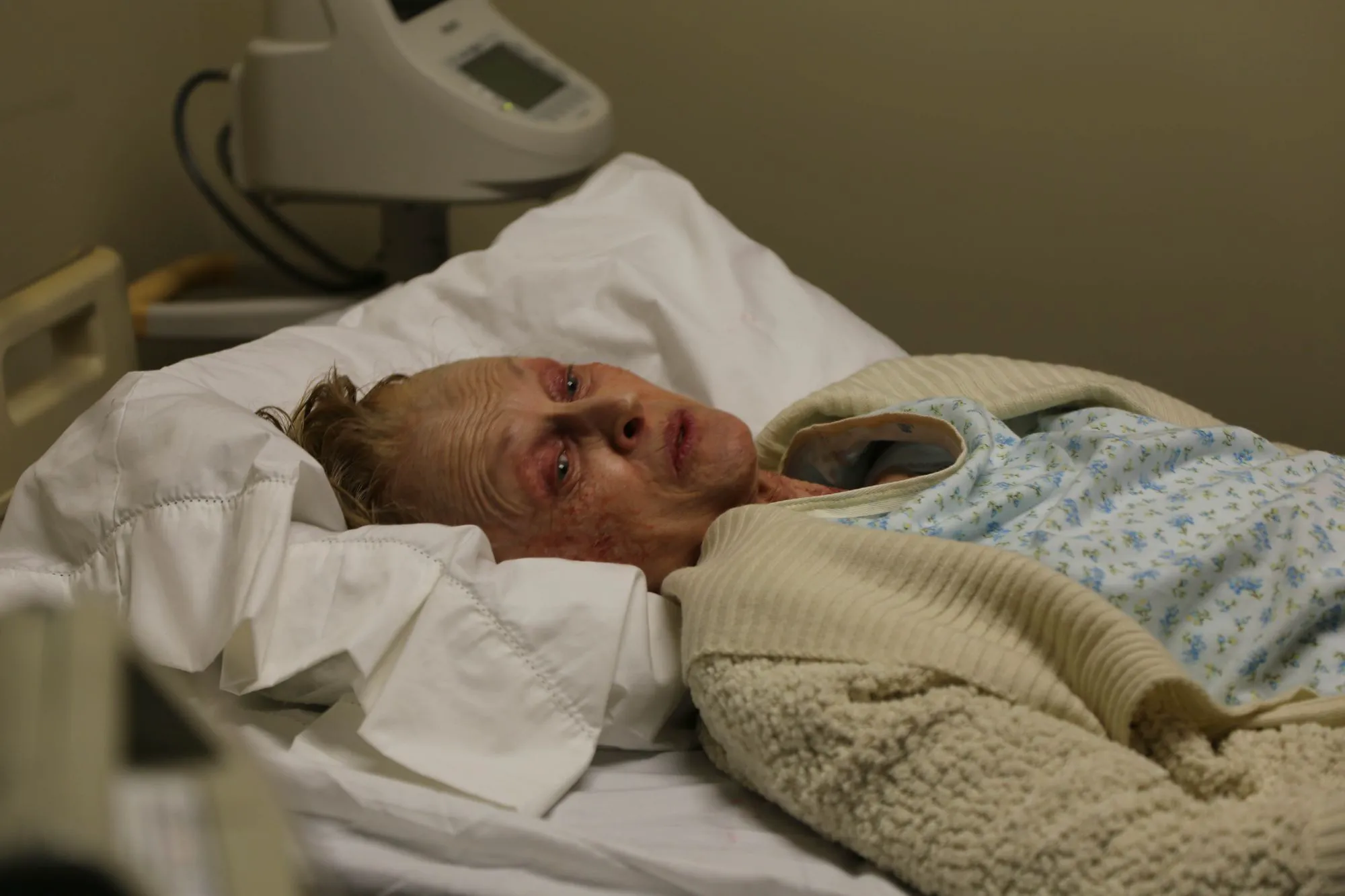
Glimmers of Potential
One such spark is the film’s unusual focus on the fear of the elderly. It’s a taboo subject, but we often avoid the elderly, especially those who appear unkempt or disoriented, both in real life and in cinema. While they may not be as overtly terrifying as clowns, serial killers, or ghosts, there’s something unsettling about the elderly, a sense of unhealthy madness. Deborah Logan isn’t a frail invalid, but a woman rapidly losing herself, and with it, her human form. Her unconscious actions, her eerie, heron-like gait, and her bone-chilling gaze are all unsettling. She doesn’t even need to do anything particularly frightening; it’s the inherent, subconscious fear of the elderly, as if they are conduits to the realm of death.
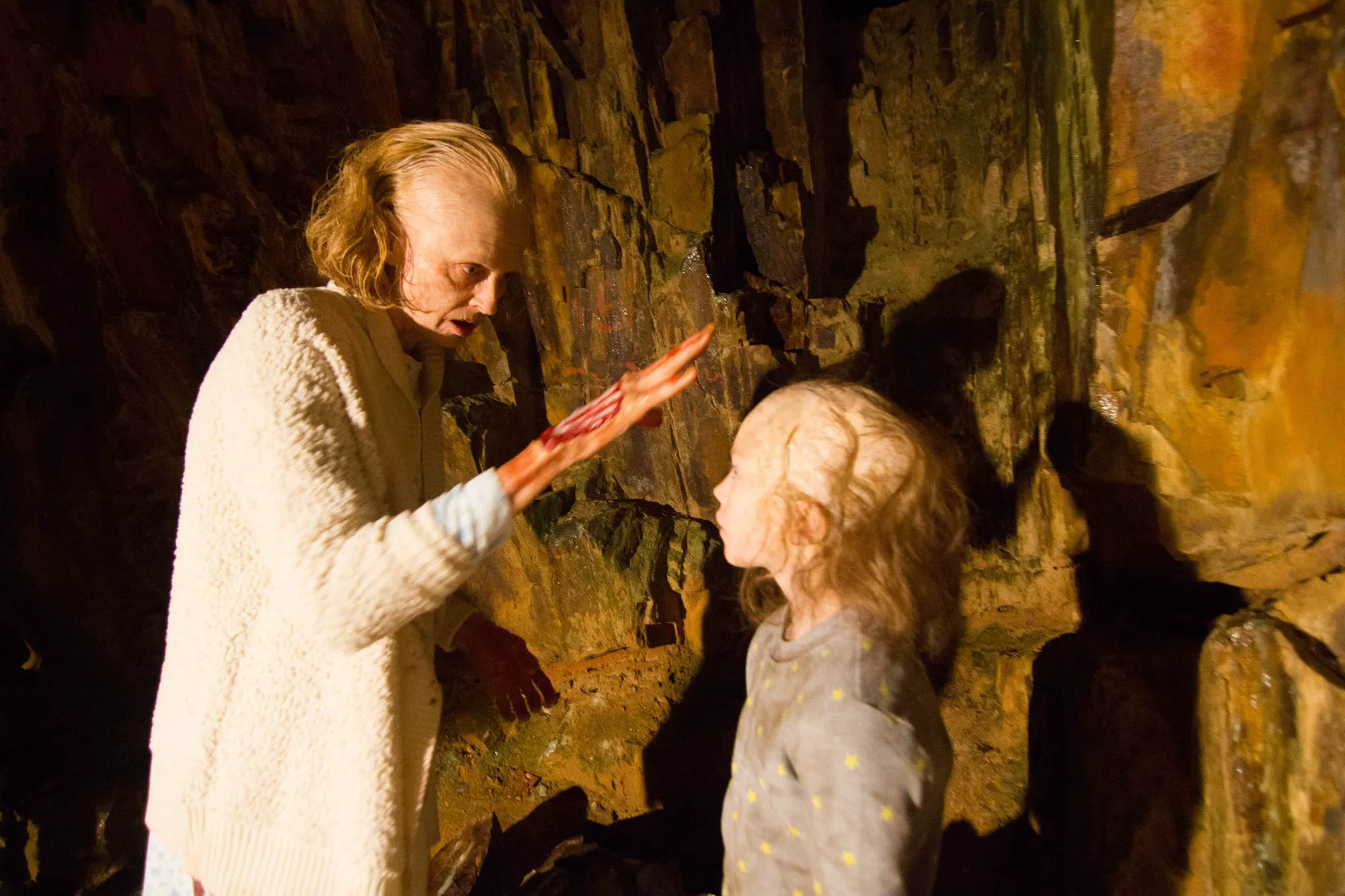
Another potentially interesting aspect is the filmmakers’ attempt to frame the narrative as a genuine documentary about Alzheimer’s. The inclusion of interviews with doctors, discussions on medical topics, and visits to hospitals, all captured on camera, lend a sense of realism to the film and portray the characters as relatable individuals from everyday life. While this technique isn’t new, when executed effectively, it can add depth and warmth to the story.
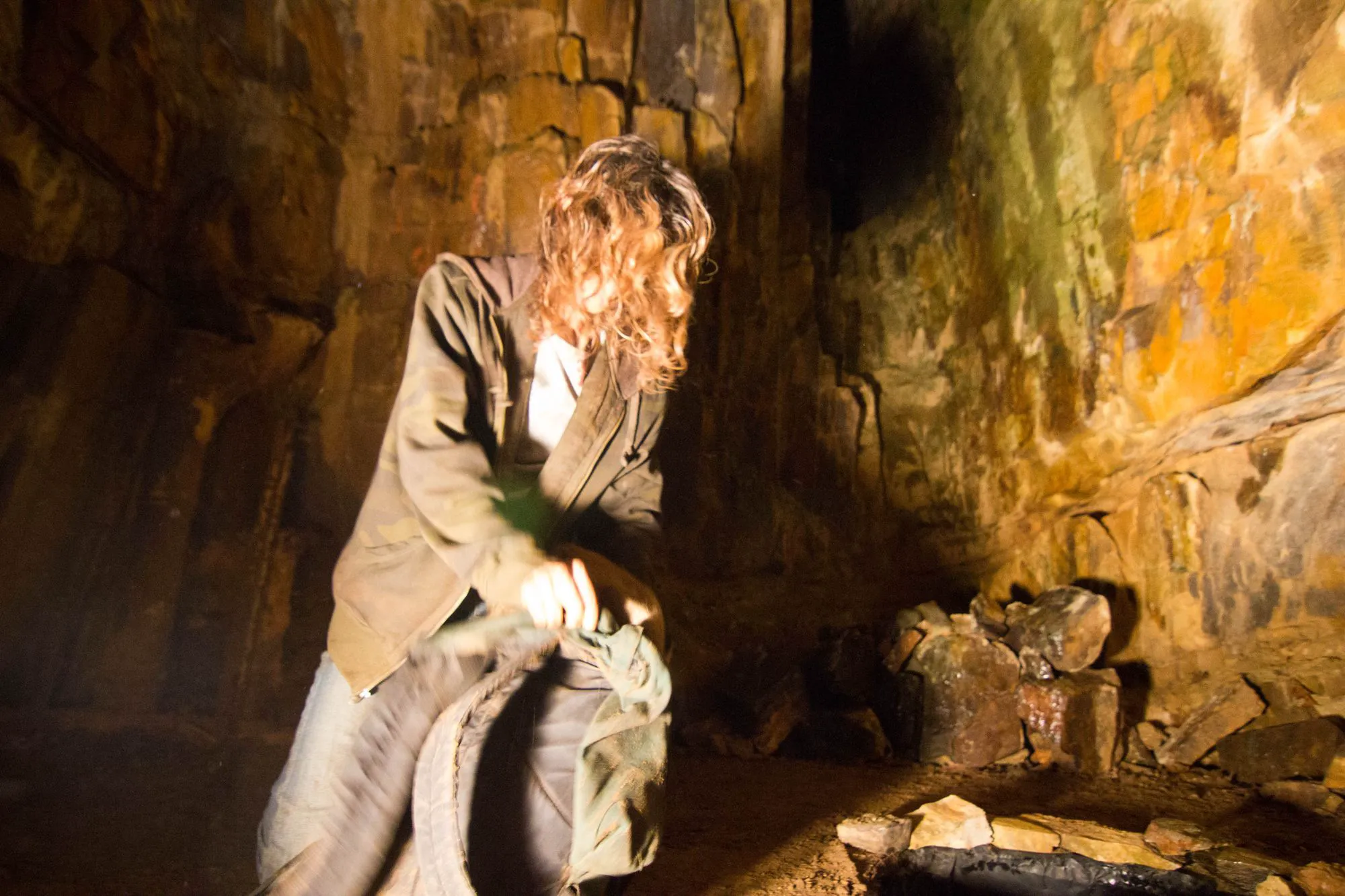
Disappointments Abound
Unfortunately, the film quickly descends into disappointment. The nights spent by the film crew in Deborah’s house, the frantic hospital scenes with endless surveillance footage reviews, and especially the final chase in complete darkness, all fail to withstand scrutiny. The darkness is often used as a crutch, with cameras conveniently shutting off for extended periods, leaving the audience to rely solely on the characters’ dialogue and unsettling sounds. It’s a cheap trick. The actions of the doctors and police are equally unconvincing, as the authorities and healthcare professionals behave even more strangely than the demon-possessed Deborah. And the “demon” itself is a letdown, with a weak and unoriginal backstory.
Final Verdict
In conclusion, “The Taking of Deborah Logan” offers little of interest to either horror enthusiasts or casual viewers. The former will find little to analyze, save for a single climactic shot and Jill Larson’s brilliant performance, while the latter may find the film dull and slow-paced. You might as well watch this kind of horror while waiting in line at the bank on pension day.